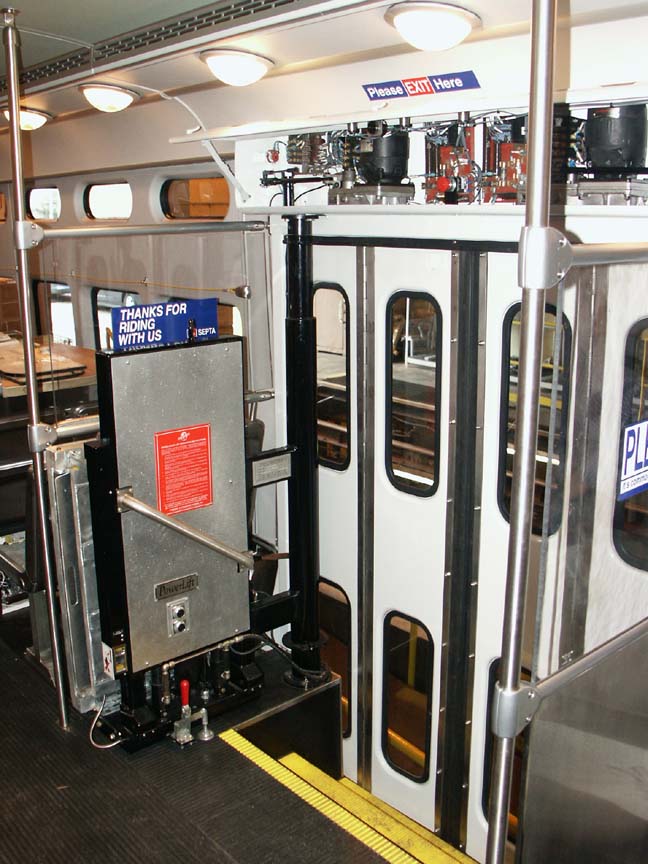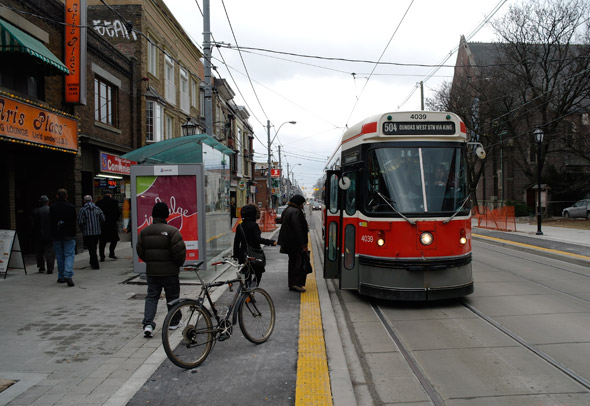mtuandrew wrote:25Hz wrote:Myrtone wrote:That photo clearly shows low level platforms. Do the wheelchair lifts on PCC cars still require platforms to make them work. These stops both have platforms:
http://www.flickr.com/photos/7119320@N0 ... otostream/ http://2.bp.blogspot.com/-AQm3_ciVQP4/T ... illy10.jpg
Have those wheelchair lifts ever broken down when the trams are in service?
In my own opinion (in the realm of streetcar/tram/lrv/trolley) low level requires a step down from the vehicle's bottom step. Intermediate height meets the bottom step, and high level meets the interior floor height of the car.
With main line rail, low level would be anything requiring the use of the steps in terms of operational terminology, but the actual platform (if there even is one) would follow the same terms as stated above. Trust me, there is a difference between low and intermediate height, just ask anyone that has stepped onto a foot stool boarding or alighting a train.
For full-height single-level cars, you are quite correct. For low-floor cars or bilevel cars (most modern LRVs and the Superliners, for instance) a low-level platform meets the car at floor level or a bit below, an intermediate platform would require a sizeable step down and some ducking to get into the door, and a high-level would be quite unuseable. All in your perspective, I suppose.
Absolutely. Mainline railcars tend to be taller both in terms of suspension, and total vehicle height, including main line "light rail" equipment, but it generally does vary from format to format, ie superliner vs amfleet or PCC vs low floor LRV. There is no agreed-upon standard for platform heights from system to system, but obviously you need them to be at minimum floor height and no taller, because that would be ridiculous (and as you said, unusable).
At langhorne station here in PA, boarding philly bound trains is at a bottom step level platform, while boarding outbound trains, you step down onto filler panels between the rails, and then step back up onto platform. Just one example how you can even have both at the same station.... That raised curb vs step down is similar i think.
In any case, for streetcar lines in this area, i think it is a win-win-win. The streetcars become more useable, autos and trucks can not worry so much about going in the wrong lane (some trafficable areas are not continuous), and no need to do any major track relocation project.

